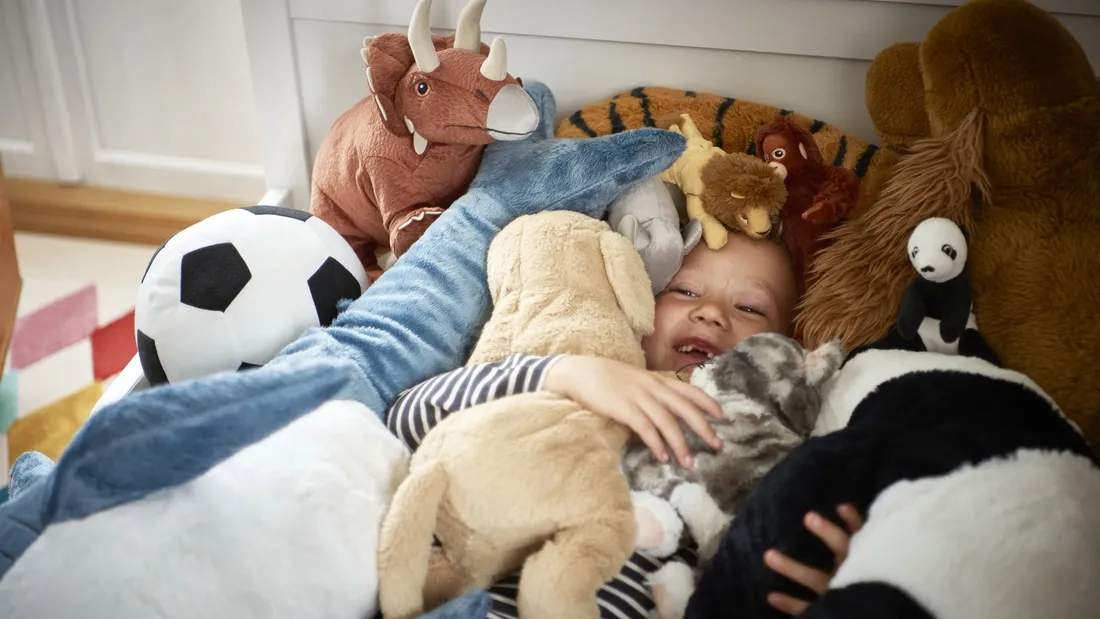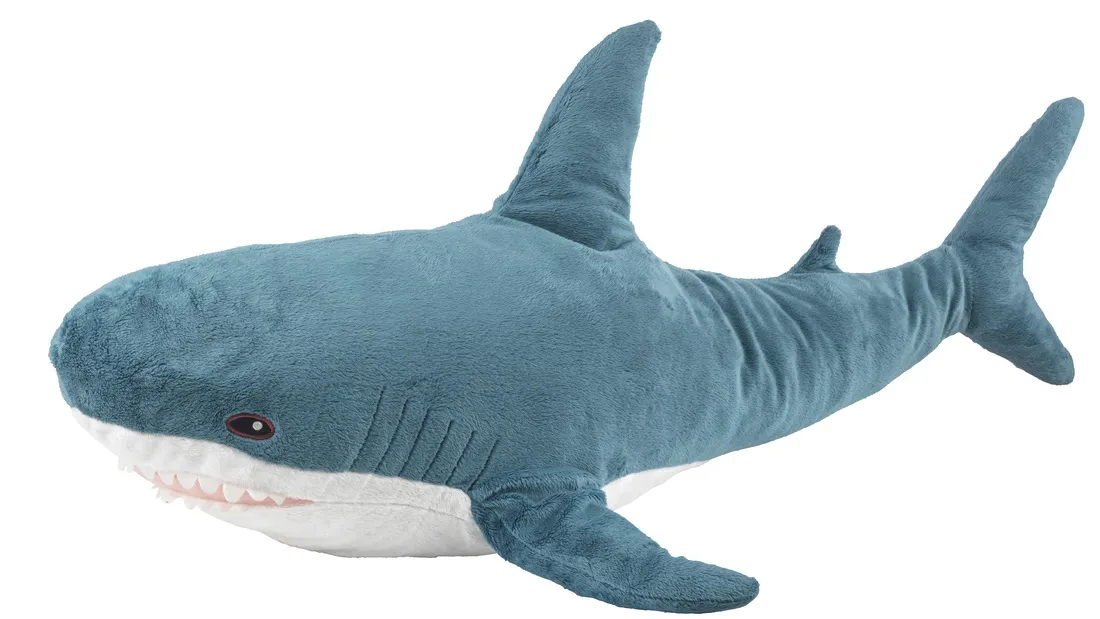Regularly washing comfort toys is an important step in maintaining the cleanliness of children's toys and preventing the buildup of dirt and musty odors. However, choosing the right method—whether machine washing or hand washing—can affect the final outcome and the longevity of the stuffed animal.
Washing comfort toys with a washing machine
Comfort toys with a washing machine is a convenient method, especially for large comfort toys like teddy bears. However, to ensure the fur remains soft and the shape is not damaged, follow these steps:
- Place comfort toys in a mesh bag: Use a mesh bag to protect the stuffed animal during the washing process. The bag helps reduce friction and prevents the stuffed animal from getting caught by the machine's parts.
- Select a gentle cycle: Set the washing machine to a gentle cycle and use cold water to prevent damage to the stuffed animal's material. High temperatures can cause the stuffed animal's fur to tangle or shrink.
- Use mild detergent: Choose a mild detergent that does not contain harsh chemicals to keep the stuffed animal clean without damaging its fibers.
- Proper drying: Avoid using a dryer. Instead, hang the stuffed animal in a shaded area and let it air dry. A dryer can cause the fur to tangle or become damaged.
Washing comfort toys by hand
For comfort toys made from more sensitive materials or smaller in size, hand washing is a safer option. Here are some tips for hand comfort toys without damaging their shape and texture:
- Soak the stuffed animal in cold water: Fill a basin with cold water and a small amount of mild detergent. Soak the stuffed animal for a few minutes to loosen dirt and musty odors.
- Gently scrub: Use a soft brush or clean cloth to clean the dirty areas. Avoid scrubbing too hard to prevent damaging the stuffed animal's fur.
- Thorough rinsing: Make sure all soap is thoroughly rinsed off the stuffed animal using cold water. Soap residue can cause irritation or damage the stuffed animal's fibers.
- Natural drying: After washing, gently press the stuffed animal to remove excess water, then let it dry in a well-ventilated area. Avoid direct sunlight, which can damage the stuffed animal's color and material.
Removing stains from comfort toys
Children's comfort toys often get stained with ink, food, or drinks that are difficult to remove. Keeping comfort toys clean requires the right approach to ensure they remain clean without damaging the material. Here are some tips and tricks for dealing with stains on comfort toys:
- For light stains, you can use a mixture of white vinegar and water. Dip a clean cloth into this mixture, then gently rub it on the stained area. This is effective for removing stains without damaging the stuffed animal's material.
- For more stubborn stains, such as ink or food, choose a cleaner specifically designed for comfort toys. Make sure the product is safe and does not contain harsh chemicals. Follow the label instructions for the best results.
- For heavy stains, such as ink stains, apply a small amount of baking soda-based toothpaste to the stained area. Gently rub with a soft brush. Then, wipe it clean with a damp cloth and let the stuffed animal air dry.
- For comfort toys made of wool or other sensitive materials, it is better to wash them by hand. Use cold water and mild soap, then rinse well.
Safely drying comfort toys
After washing your child's comfort toys, the next important step is drying them properly to maintain their quality. To avoid damage, use gentle and safe drying techniques.
Using a towel
Place the stuffed animal on a clean towel, then gently press to absorb excess water. Avoid twisting the stuffed animal, as it can damage its shape and internal structure. After that, dry the stuffed animal by hanging it in a shaded area, away from direct sunlight, which can fade its colors and make the material brittle.
Using a dryer
If using a dryer, choose a low-temperature setting or a special setting for delicate items. High temperatures can damage the stuffed animal's material, causing it to lose shape or have stitches come loose. Make sure to check the stuffed animal's care label before deciding on the drying method. By following these steps, your child's comfort toys will remain in prime condition and safe to use.
Caring for comfort toys to keep them durable
Taking good care of comfort toys is key to ensuring your child's beloved toys remain durable and undamaged. Here are some tips to keep comfort toys in the best condition:
1. Store comfort toys in a safe place
Place comfort toys in a clean area protected from dust and dirt. Use storage boxes or special shelves to avoid direct exposure to dust. Ensure the storage area is not damp.
2. Perform regular cleaning
Clean comfort toys regularly to maintain their cleanliness. comfort toys made from machine-washable materials should be washed according to the label instructions. Avoid twisting the stuffed animal to wring it out, as this can damage its shape. Instead, air dry the stuffed animal. Regular cleaning is important to prevent dirt buildup that can affect the stuffed animal's quality.
3. Check the condition of comfort toys
Periodically check the condition of comfort toys to detect any damage, such as loose stitches or torn parts. Immediately repair any damage to prevent further deterioration and ensure the stuffed animal remains safe for your child to use.
Keep comfort toys clean and soft with proper care






